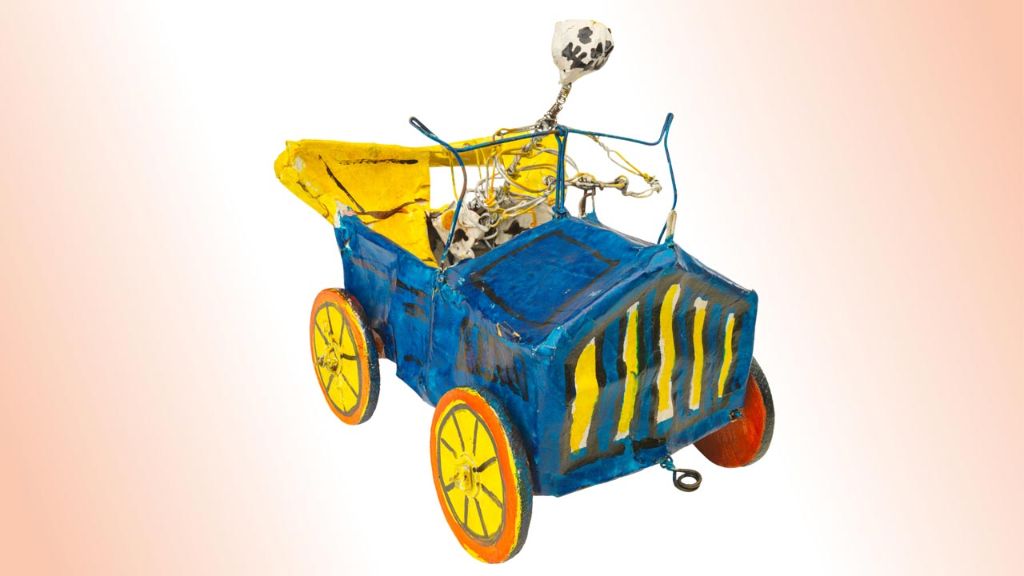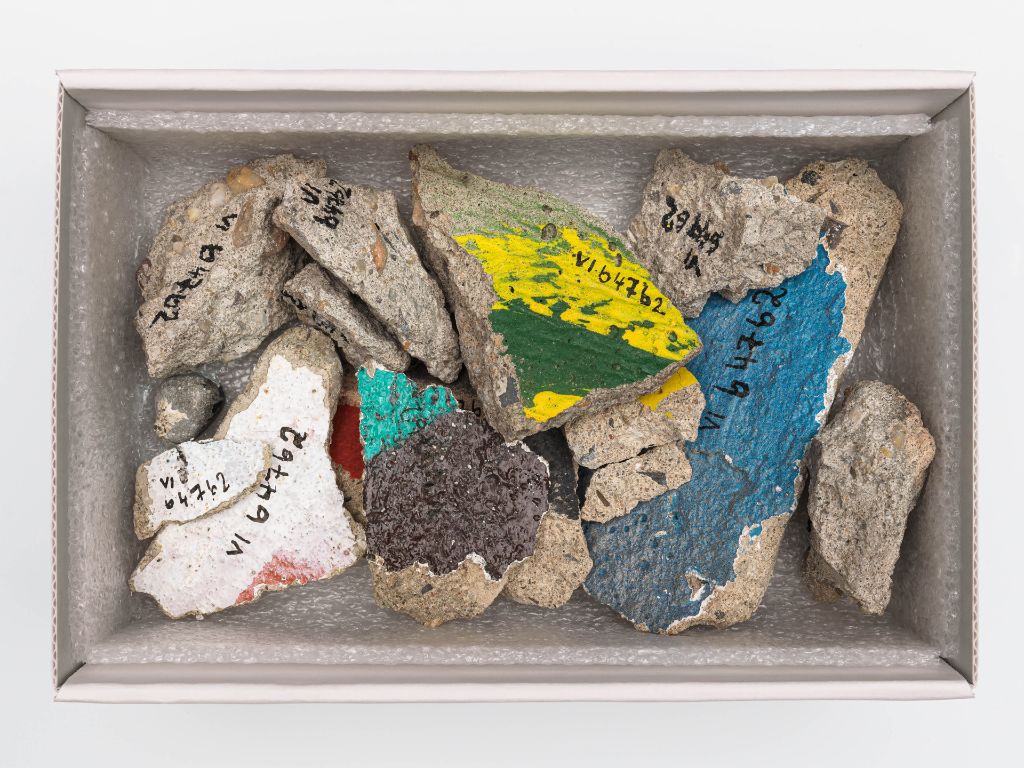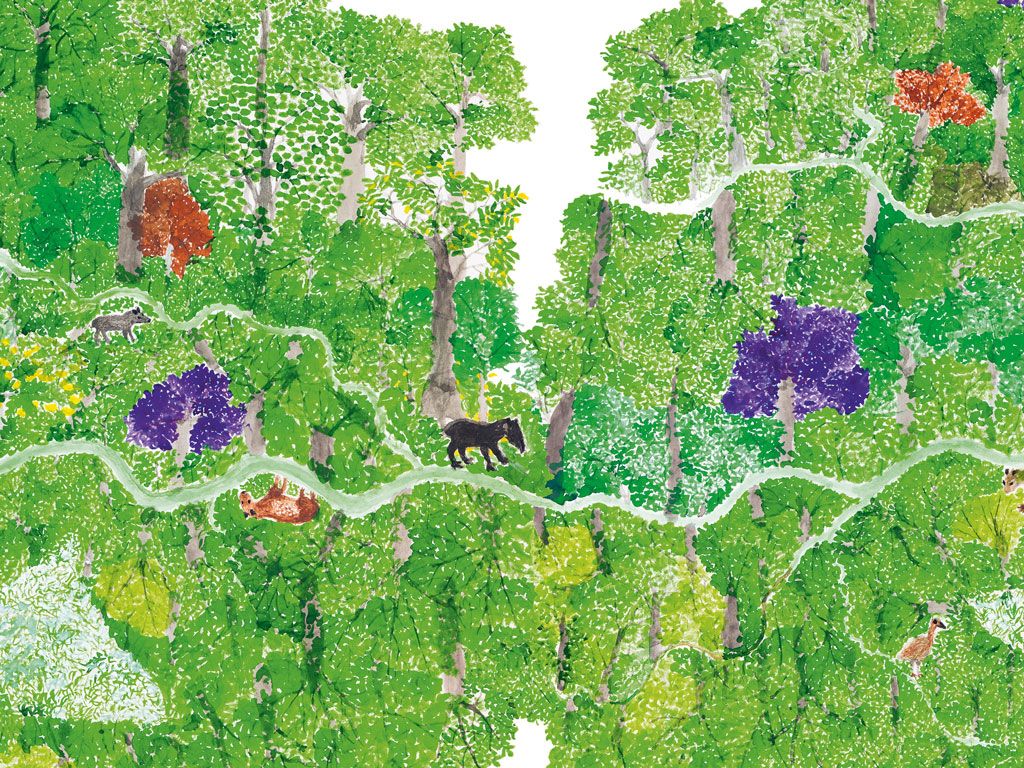
Step inside, throw back your head, and behold the largest object in the museum: the ceremonial house of the Abelam, a people in Papua New Guinea, opens the display at the highest level. Big things have always fascinated people which is probably why size often seems so desirable. The house posts make a big impression, witnesses, so to speak, of what can be achieved through teamwork, even with limited technological means. Still, together with other oversized objects such as a huge fan or a massive storage vessel they indicate what competition can lead to, namely unwieldiness.
Measuring
In principle, size is defined by norms. But big doesn’t always mean the same thing and varies from culture to culture which is why the measuring rod “Basel cubit” stands next to a wooden board with a hole in it from Bali which was used to gauge the size of sacrificial chicken: if the animal got stuck in the hole, it was ready to become a temple sacrifice!
We humans are used to being measured from childhood on. Throughout life we are bothered with the “right” size or proportion. How this can get out of hand is evidenced by today’s beauty industry or what became known as anthropometry, the scientific branch that deals with the measures and proportions of the human body.
But the exhibition is not only about the physical aspects of size. Across fourteen exhibition spaces it also gauges the cultural dimensions of bigness. Power and status are two good examples, as Indian ceremonial shields, the jaguar belt of a Brazilian chief, or the Italian medal of merit go to show. The latter item proves that there is greatness even in small things.
Monstrous
That size can also be threatening is borne out by Indian demons, giants from Glarus, or Big Data. The infinite amount of digital data and other giants are also the subject of the online publication “BIG – Things, Interpretations, Dimensions” in which anthropologists explore size in its economic, social political, and religious dimensions.
A particularly exciting feature are the scenic dialogues our curators conduct with the exhibits. After that you perceive the monster Kaia Imunu or the Ghanaian coffin in the shape of Hummer vehicle with different eyes
Go to Online-Publication
.svg)




